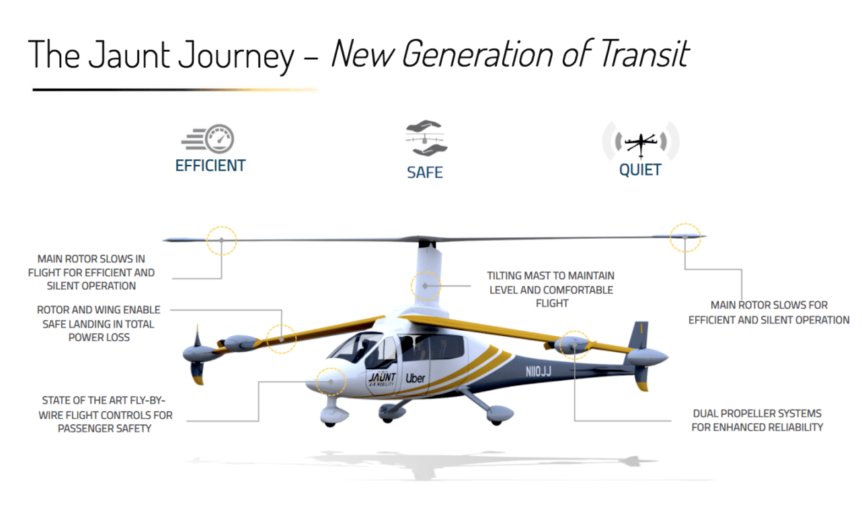The Jaunt Journey may be the most unique eVTOL (electric Vertical Take Off and Landing) machine coming to market, and it relies on something old and several things new for its advanced take on Advanced Air Mobility (AAM). What makes it special is its combining autogiro-like technology with electric power and some different approaches to the transitions between vertical and horizontal flight. Jaunt promises to carry a pilot and four passengers 80 to 120 miles, pushing it into the realm of regional air mobility. It can top out at 175 miles per hour, or about the upper limits of most helicopters while pressing down with only 55 dBa of sound pressure, considerably below that of any helicopter. Its performance and several distinguishing features make it all the more unique. Somewhat Like an Autogiro Autogiros were pre-helicopter rotary-wing aircraft that could lift off and alight quickly because of a large, usually un-driven, series of blades above the fuselage. Note how easily …
eCSTOL: Longer Range Commutes on Less Power
Competition is growing in the electric Vertical Take Off and Landing market, with 407 potential builders listed in eVTOL News. Vertical flight takes power, though, and with available batteries limiting range, most such vehicles can make only short hops. Alternatives that allow speedier, longer flights, in the form of electric Conventional Short Take Off and Landing (eCSTOL) aircraft are in development. Such craft offer the benefit of requiring less power for takeoffs and climbs, being more aeronautically-based than power-based. Airflow, for instance, claims operating costs for their eCTSOL craft is one-third that of an eVTOL or helicopter. We will look at three eCSTOL craft that seem to making headway at this time. The infrastructure (in two cases below) to support their flight may already exist. Airflow Curt Epstein, writing in Future Flight, under the headline, “Infrastructure Needs for eSTOL and eVTOL Aircraft May be Closer than Imagined,” notes the “intense study” being undertaken. Speaking at the Vertical Flight Society’s Electric …
GoFly Announces First Round Prize Winners
Boeing just announced the ten winners of Phase I in its GoFly competition, in which entrants design, build and fly a “personal flying device.” As Boeing explains, contest rules are designed to enable entrants “To foster the development of safe, quiet, ultra-compact, near-VTOL personal flying devices capable of flying twenty miles while carrying a single person.” The list of partners and co-sponsors is impressive and includes virtually all major American aviation advocacy groups. As the Green Flight Challenge demonstrated seven years ago, prize money encourages a grand series of investments by individuals in hopes of winning a prize. In this case, 3,000 entries by 725 teams from 95 countries presented drawings and documents describing their proposed PFD, with a select 10 advancing to Phase II, which will require a demonstration of the proposed machine’s ability to perform as promised. “To be able to engage so many individuals from leading universities, major corporations and startups, and connect them through our community …



